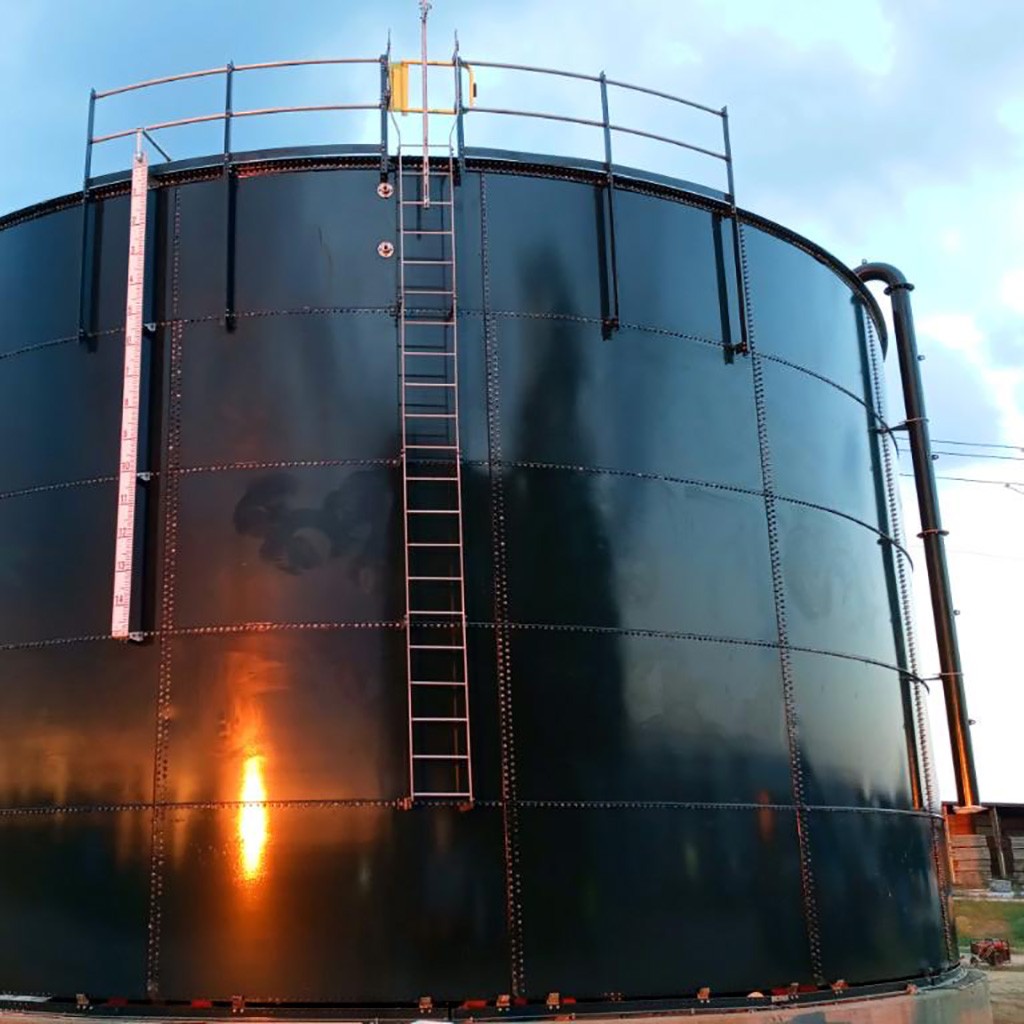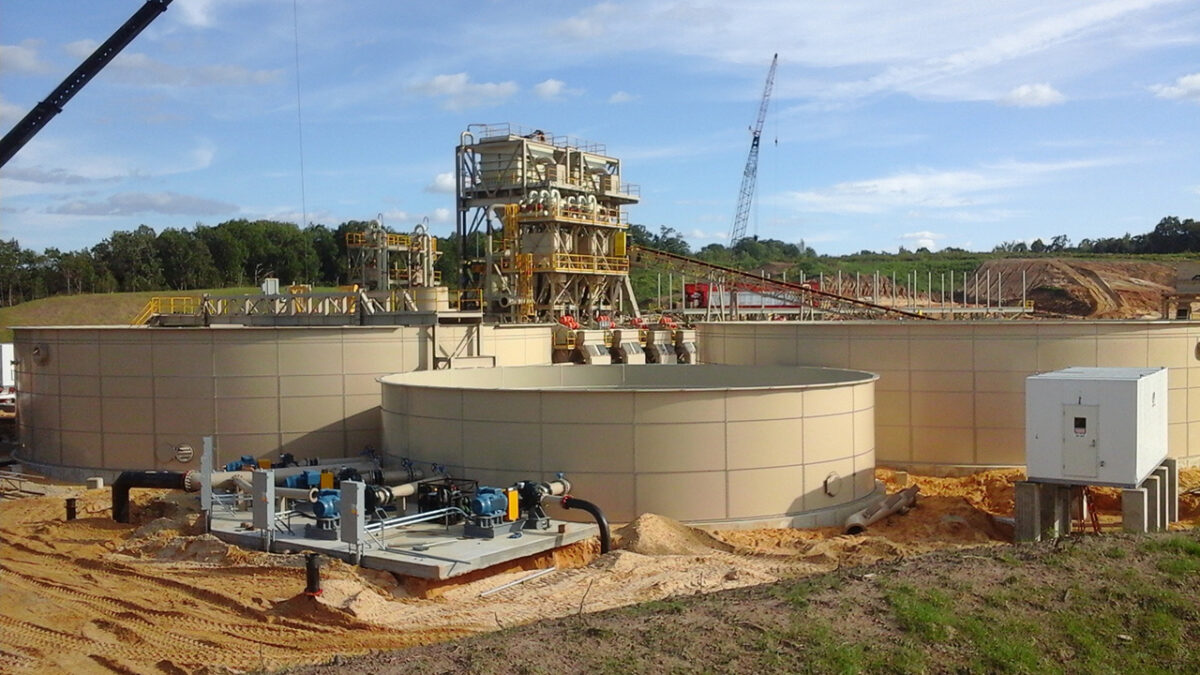Bolted Steel Water Tanks: The FORGE Way to Secure Sustainable Water Storage
At FORGE, we understand the critical role water storage plays in the infrastructure of any community or business. That’s why we specialize in providing top-of-the-line bolted steel water tanks designed to meet a wide range of needs with efficiency, durability, and reliability. Let’s dive into the applications, best uses, and the particular benefits of using bolted steel water tanks for potable water storage.
Versatile Applications
Bolted steel water tanks are incredibly versatile, making them suitable for various applications. These applications include storing potable water, providing fire protection services, providing industrial water solutions, and more.
These tanks offer a reliable solution for storing large volumes of water. Their modular design allows for quick assembly and disassembly, providing flexibility in use and location that welded tanks can’t achieve.
Best Uses in Detail
Potable Water Storage: Bolted steel tanks are coated with materials that meet strict standards for storing drinking water safely. Their sealed design prevents contamination, making them an excellent choice for potable water storage for communities and cities.
Fire Protection: Having a dedicated water supply for fire protection can be a game-changer in emergency situations. Bolted steel tanks can be designed to meet specific fire flow requirements, providing peace of mind and enhanced safety for industrial sites, commercial properties, and residential areas.
Industrial Uses: Industries that require large volumes of water for processing, cooling, or waste management can benefit greatly from the durability and capacity of bolted steel tanks.
The FORGE Difference
Choosing FORGE for your bolted steel water tank needs means selecting a partner dedicated to excellence. Our tanks are designed with the latest technology and materials, ensuring they meet the highest standards of safety, efficiency, and environmental sustainability. With decades of experience in the industry, our team is equipped to handle projects of any scale, from planning and design to installation and maintenance.
What sets FORGE apart is not just our commitment to quality but also our focus on customer service. We believe in building lasting relationships with our clients, ensuring they have the support and expertise they need every step of the way. Whether you’re looking to store potable water for a community, need a reliable solution for agricultural irrigation, or require a dedicated water source for fire protection, FORGE has the expertise and resources to meet your needs.
Why Choose FORGE?
- Expertise: Our team’s deep industry knowledge ensures your project is in capable hands.
- Quality: We use only the best materials and the latest technologies to construct our tanks.
- Service: FORGE is committed to outstanding customer service, from initial consultation to post-installation support.
In a world where water is our most precious resource, ensuring its safe and efficient storage is paramount. Bolted steel water tanks from FORGE offer a secure, sustainable, and cost-effective solution for a wide range of storage needs. Let us help you harness the benefits of this innovative storage solution.
Ready to take the next step in securing your water storage solution? Reach out to FORGE today, and let’s explore how our bolted steel water tanks can meet your needs and exceed your expectations.







